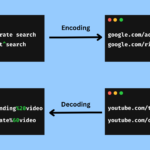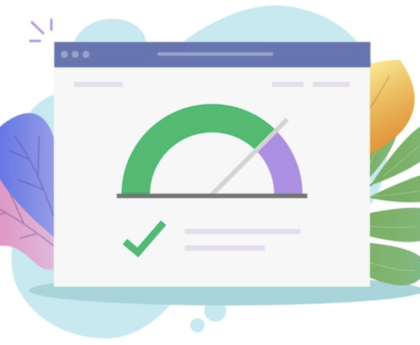The front-end development field is dynamic and constantly evolving, so your growth path should involve continuous learning and adaptation to new technologies and best practices. Here’s a general front-end growth path to help you progress in your career:
Basic HTML/CSS Skills:
- Start by mastering the fundamentals of HTML (Hypertext Markup Language) and CSS (Cascading Style Sheets).
- Learn how to create simple web pages, structure content, and apply basic styling.
JavaScript Fundamentals:
- JavaScript is the backbone of front-end development. Learn the basics of variables, data types, control structures, and functions.
- Understand the Document Object Model (DOM) and how to manipulate it.
Responsive Design:
- Explore responsive web design principles to create websites that work well on various screen sizes and devices.
- Learn about media queries and flexible layout techniques.
CSS Preprocessors and Frameworks:
- Familiarize yourself with CSS preprocessors like Sass or LESS.
- Learn popular CSS frameworks like Bootstrap or Foundation.
JavaScript Libraries and Frameworks:
- Start with jQuery to simplify DOM manipulation.
- Move on to modern JavaScript frameworks like React, Angular, or Vue.js, depending on your preferences and market demand.
Version Control:
- Learn to use Git and GitHub for code version control, collaboration, and tracking changes.
Build Tools and Task Runners:
- Understand build tools like Webpack, Grunt, or Gulp to automate tasks like bundling, minification, and optimization.
Package Managers:
- Learn how to use package managers like npm or Yarn to manage project dependencies.
Web Performance Optimization:
- Study techniques for improving website performance, including optimizing images, reducing HTTP requests, and lazy loading.
Web Accessibility:
- Gain knowledge about web accessibility standards (WCAG) to make your websites inclusive and usable by everyone.
Browser Developer Tools:
- Become proficient in using browser developer tools to debug, inspect, and profile your code.
Testing and Debugging:
- Learn testing frameworks like Jest or Jasmine for unit and integration testing.
- Master debugging techniques to identify and fix issues efficiently.
API Integration:
- Understand how to work with RESTful APIs and fetch data from external sources.
- Explore technologies like GraphQL for more advanced data querying.
Progressive Web Apps (PWAs):
- Learn how to convert web applications into PWAs for improved performance and offline functionality.
Continuous Learning:
- Stay updated with the latest web development trends, tools, and libraries.
- Engage with the developer community through forums, conferences, and online courses.
Soft Skills:
- Develop soft skills like communication, teamwork, and problem-solving, as they are essential for success in any development role.
Build a Portfolio:
- Create a portfolio showcasing your projects and contributions to demonstrate your skills to potential employers or clients.
Job Experience:
- Seek internships or entry-level positions to gain practical experience and build your resume.
Specialization:
- As you gain experience, consider specializing in areas like front-end performance optimization, UI/UX design, or front-end architecture.
Mentorship and Networking:
- Find mentors and connect with other professionals in the field to learn from their experiences and expand your network.
Remember that front-end development is a vast field, and your growth path may vary based on your interests and career goals. Adapt and evolve your learning journey as the industry evolves to stay competitive and excel in your career.





